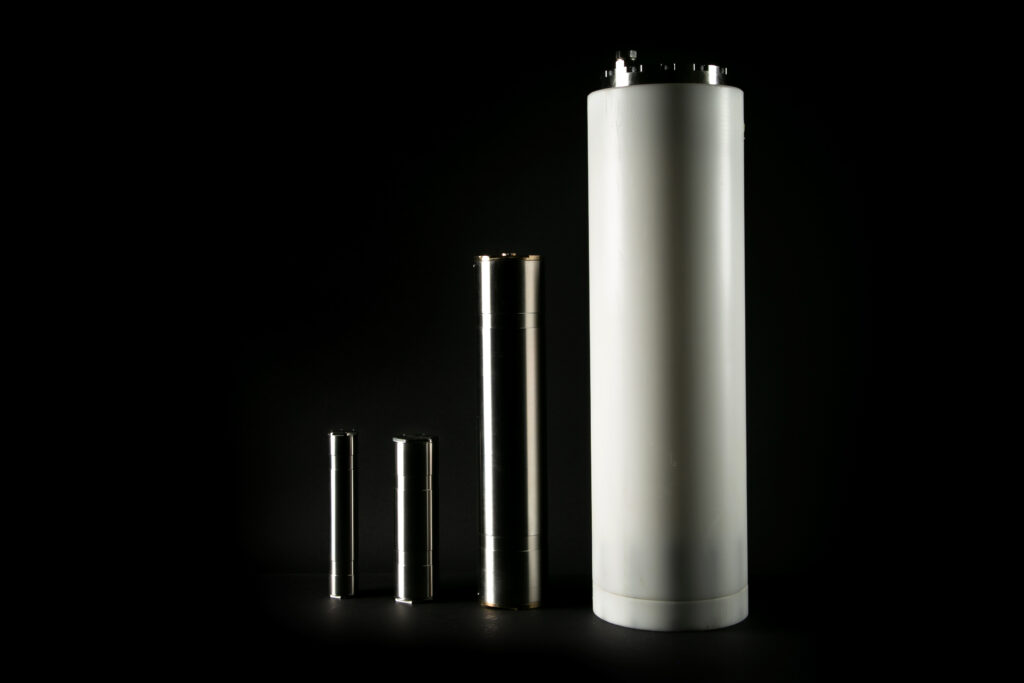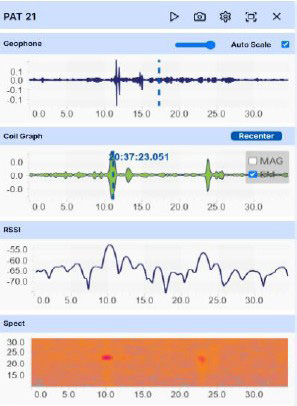When it comes to Electromagnetic(EM) Pig Tracking, knowledge of the pipeline specification is critical for selecting the right transmitter. Typically EM transmitters operate across different pipeline types – topside, subsea, buried pipelines or bundles and in gas and liquid lines. Several factors play a role in ensuring reliable signal detection and tracking performance. If the appropriate transmitter is not selected, the effectiveness of the system can be severely compromised.
One of the most important factors is pipeline diameter. For example, the IK Trax EMTx40 is a transmitter specifically designed for pig tracking in pipelines larger than 12 inches. Larger pipelines benefit from larger transmitters due to the increased distance between the receiver and the transmitter, making signal detection more challenging. In short, the bigger the pipeline, the larger the transmitter required for optimal signal performance.

Wall thickness also plays a significant role in signal transmission. Heavy-walled pipelines, launchers, receivers and pipe-in-pipe configurations can pose challenges. Wall thickness directly affects the EM signal’s ability to penetrate the pipeline. If the signal isn’t strong enough, it can become weakened or attenuated to the point of being undetectable.
Temperature and pressure are additional factors to consider. For example, transmitters used in deep-water pipelines must have high-pressure ratings to ensure they can withstand the pressures encountered subsea. Additionally, operating temperatures must be considered particularly in pipelines that transport product with extreme temperatures. Lithium cells are often preferred for these applications due to their ability to function at a wider temperature range when compared with alkaline cells.
Testing is essential whenever there is uncertainty about whether the pig tracking system is suitable for the application. This ensures the transmitter is configured correctly and capable of delivering reliable performance. Testing typically involves replicating actual project conditions as closely as possible to verify signal strength and overall functionality. By simulating operational conditions, testing minimises risk and ensures that the EM pig tracking system will perform effectively during operations.
Ultimately, selecting the right system comes down to a close collaboration between the manufacturer and the client. By understanding every aspect of the pipeline the manufacturer can recommend a solution tailored specifically to the project’s needs. Comprehensive testing ensures that the system will perform as expected in operational conditions, minimising the risk of signal loss and maximising operational efficiency.
Ready to optimise your pipeline pig tracking? Discover how our advanced electromagnetic transmitters can enhance your operations. Visit our Electromagnetic Transmitter Page to learn more!

